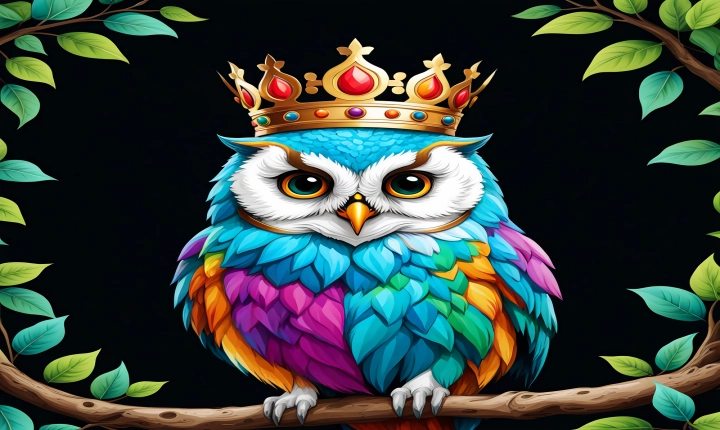Creating your own AI art generator can be an exciting and fulfilling project, especially if you have a passion for both art and technology. With the advancements in machine learning and deep learning, it has become more accessible for individuals to build their own AI art generator. In this article, we will explore the steps and components needed to create an AI art generator.
1. Understanding the Basics of AI and Machine Learning
Before diving into building an AI art generator, it’s essential to have a good understanding of AI and machine learning. Machine learning algorithms are the backbone of AI art generation, allowing the system to learn and create art based on patterns and styles it has been trained on.
2. Selecting a Machine Learning Framework
There are various machine learning frameworks available, such as TensorFlow, PyTorch, and Keras, that can be utilized to create an AI art generator. TensorFlow, for instance, is a popular choice due to its flexibility and community support, making it easier for beginners to get started.
3. Collecting Art Datasets
To train the AI art generator, you will need to collect a diverse dataset of artwork. This dataset will serve as the reference for the AI to understand different styles, colors, and patterns. There are several online platforms where you can find open art datasets, or you can collect and curate your own collection.
4. Preprocessing the Data
Once you have collected the art dataset, the next step is to preprocess the data. This involves cleaning the data, resizing images, and normalizing the colors to ensure consistency. Preprocessing is crucial to ensure that the input data is well-organized and ready for training.
5. Building the Model
Building the model involves defining the architecture and parameters of the AI art generator. This is where the selected machine learning framework comes into play. You can choose to build a convolutional neural network (CNN) model, which is commonly used for image-related tasks, and train it using the preprocessed art dataset.
6. Training the Model
With the model architecture in place, it’s time to train the AI art generator. Training involves feeding the preprocessed art dataset into the model, allowing it to learn and adapt to different art styles. Training can be a time-consuming process, depending on the size of the dataset and the complexity of the model.
7. Generating Art
Once the model has been trained, it can be used to generate art. By providing input images or styles, the AI art generator can produce new, original artworks based on the learned patterns and styles from the training dataset.
8. Fine-tuning and Iterating
Building an AI art generator is an iterative process, and fine-tuning the model is essential to improve the quality of generated art. This may involve adjusting parameters, experimenting with different architectures, or incorporating feedback from the generated artwork.
9. Deployment and Application
After fine-tuning the AI art generator, you can explore different ways to deploy and apply it. This could involve creating a web application, integrating it into an art editor software, or even showcasing the generated artworks in an exhibition.
In conclusion, building your own AI art generator can be a rewarding journey that combines art and technology. It requires a solid understanding of AI and machine learning, along with the ability to collect and preprocess art datasets, build and train machine learning models, and iterate on the results. With the right tools and dedication, anyone can embark on the exciting endeavor of creating their own AI art generator.
